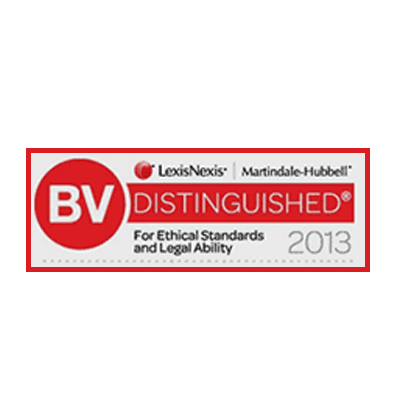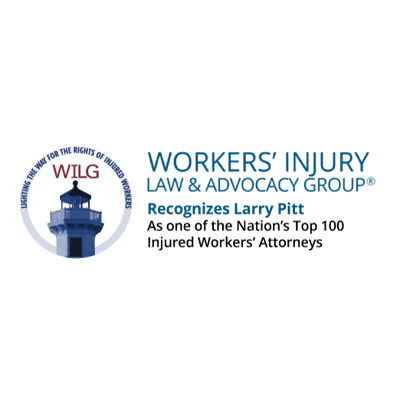Recovering
$ MILLIONS
For Injured Workers
Pennsylvania Workers’ Compensation Lawyers Fight for Coal Miners
There are approximately 83,000 coal miners working in the U.S., according to the U.S. Department of Labor’s Mine Safety and Health Administration (MSHA). These workers are part of an industry that has become safer in recent years; in 2018, there were 27 mining fatalities, the second lowest number ever recorded.
However, despite improvements in safety equipment and practices, miners in both surface and underground, metal and nonmetal mines still face several serious job hazards, including:
- Carbon monoxide: Coal mining often involves the use of explosives that release carbon monoxide, a colorless, odorless gas that can cause asphyxiation.
- Coal dust: Inhaling coal dust over time can lead to deadly diseases such as coal miner’s pneumoconiosis, silicosis, and worse.
- Collapses/cave-ins: Coal mine roof collapses are often catastrophic and can lead to severe injuries and fatalities.
- Confined spaces: The atmosphere in confined spaces can be hazardous. Also, workers may suffer a struck-by accident in the event of a collapse/cave-in.
- Crystalline silica dust: This hazardous compound causes inflammation and scarring in the lungs and can cause silicosis, a type of pneumoconiosis.
GET A FREE CONSULTATION WITH LARRY PITT
Philadelphia Workers’ Compensation Lawyers at Larry Pitt & Associates, P.C. Help Coal Miners and Their Families Obtain the Compensation to Which They Are Entitled
If you were injured in the mines or are suffering from a work-related illness, contact a Philadelphia workers’ compensation lawyer at Larry Pitt & Associates, P.C. Our experienced lawyers have helped all types of workers, including coal miners, collect benefits for over 40 years. For a free consultation, please complete our online contact form or call us at 888-PITT-LAW.
Coal Miner Injuries and Illnesses
Coal miners are more likely to suffer severe injuries than private industry workers as a whole, according to the Bureau of Labor Statistics (BLS). An increasing number of coal miners are being diagnosed with black lung disease, progressive massive fibrosis (PMF), and other incurable illnesses due to toxic mine exposures from years earlier.
Some common coal miner injuries and illnesses include:
Black Lung Disease: Also called coal miner’s pneumoconiosis, this respiratory disorder is caused by inhalation of coal dust over time. Lungs become black in color and impaired in function. Symptoms can take up to 20 years or more to appear and may in its advanced form be associated with pulmonary emphysema, chronic bronchitis, or tuberculosis.
Progressive Massive Fibrosis (PMF): This disease is also called complicated black lung. It is an advanced form of black lung that makes breathing difficult due to large masses that form in the lungs. This incurable respiratory disorder often takes decades to surface.
Silicosis: Crystalline silica dust is formed when materials such as coal, concrete, and rock are cut, drilled, or otherwise disturbed. When inhaled, the small particles attach to the lungs and can cause serious diseases, such as silicosis.
Injuries from blasting accidents: Failure to clear a blast area and inadequate or no blasting shelters are common causes of injuries from blasting accidents. Flying rock that is propelled beyond the blast area can also cause serious injuries or fatalities.
Workers’ Compensation for Injured Coal Miners
In Pennsylvania, coal miners are eligible for workers’ compensation benefits including payments for medical expenses and lost wages. Coal miners who were totally disabled from pneumoconiosis may also file a claim under the Black Lung Benefits Act (the Act), which provides monthly payments and medical benefits to injured coal miners and fatally injured miners’ survivors.
The family members of coal miners who die from black lung disease, pneumoconiosis, or other related lung diseases, may be eligible for death benefits, and additional benefits may be available for dependent family members.
To receive benefits under the Act, an application form must be submitted to the Office of Workers’ Compensation, Division of Coal Mine Workers’ Compensation, along with the relevant medical information and evidence. An experienced worker’s compensation lawyer can help to ensure workers’ rights are protected and they receive the maximum compensation available.
What Our Clients Say













